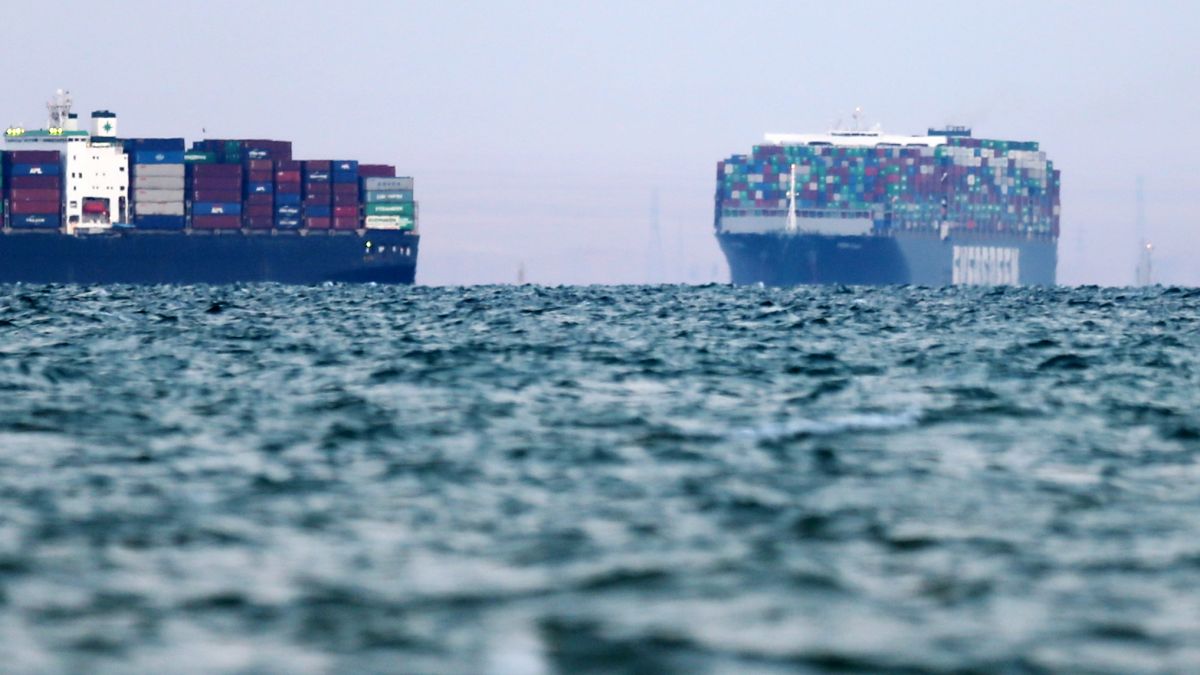More than a week ago, the USA announced the start of essential operations in the Red Sea and the Gulf of Aden. It is aimed at enabling the free and safe movement of sea transport in this water area despite the attack of the Houthis. The head of the US Ministry of Defense, Lloyd Austin, announced the start of the operation. In this way, correcting the situation with merchant vessels will be possible. However, immediately after the announcement of this initiative, serious problems began. Some people consider them purely organizational, and some frankly political. Let’s figure this out.
Failed attempt
In the first stage, the start of the operation looked promising because it aimed to improve shipping, which, in turn, would restore and shorten trade routes, which would have a positive economic effect on a global scale. The following countries joined the “multinational initiative”:
– Canada;
– the United Kingdom;
– France;
– Italy;
– the Netherlands;
– Spain;
– Norway;
– Bahrain;
– the Seychelles Islands.
However, within a few days, it became known that the project was practically falling apart because Spain, Italy, and France suddenly decided not to support it.
Without losing hope
The Pentagon began to act differently: instead of the previous operation, a new one was launched, to which 20 different countries had to join, which seemed to have given their official consent. However, it quickly became known that major partners rejected the Pentagon’s offer. They were:
– Australia;
– Spain;
– Italy;
– France.
Spain explained its refusal that in operations coordinated by the Pentagon, not NATO or Europe, the Ministry of Defense of the state would not be present. Italy also argued for its refusal in the same way. Its Ministry of Defense has expressed readiness to send the ship but will do so only in response to a request from Italian shipowners.
What is the importance of this path?
Usually, this route is very busy with the presence of container ships heading for the Suez Canal. They take goods to Asia, Europe, and the USA. A few days ago, there were less than five container ships here. Others go around the Cape of Good Hope, adding 1-2 weeks to the total journey time (40% of the entire journey). Such a delay significantly increases delivery costs because not only fuel is taken into account, but also the labor of all crews.
The importance of the route through the Red Sea lies in the fact that it is here that 30% of the world’s container transportation takes place. This amounts to 8.8 million barrels of oil transit per day and about 380 million tons of daily transit of other cargoes. That is, it will have a significant impact on the world economy, and this effect will become noticeable very soon.


